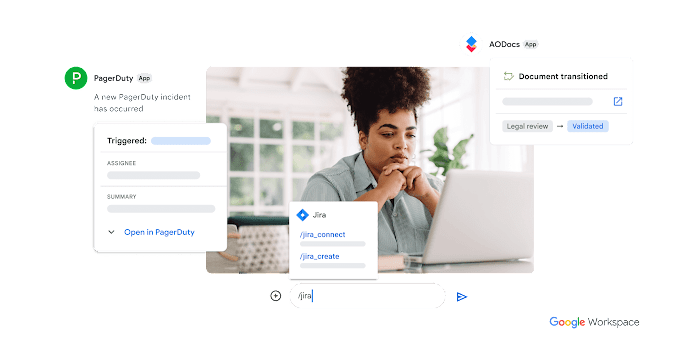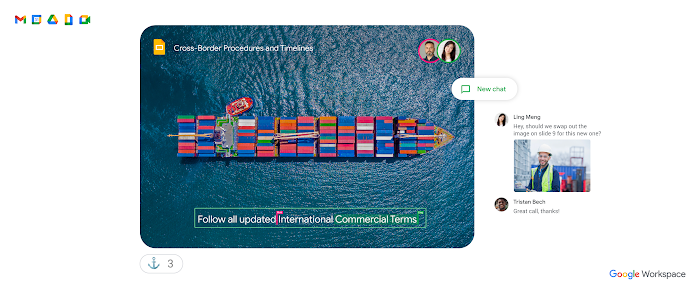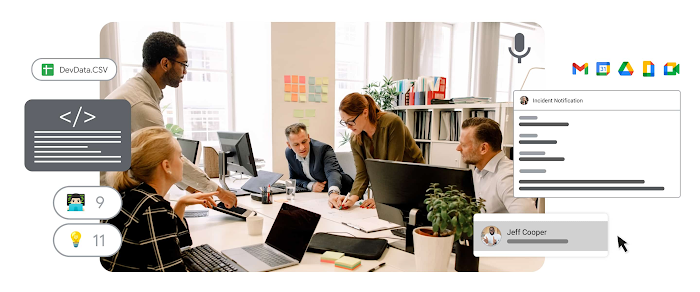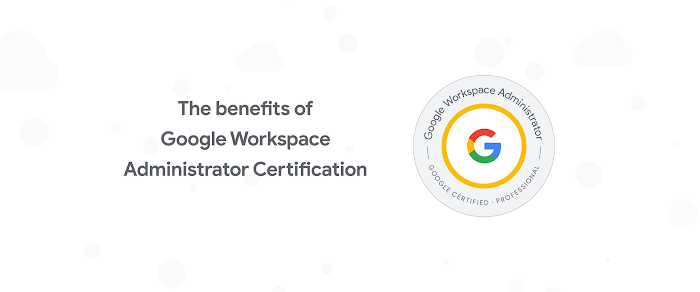G Suite developers: Scaling best practices for higher user demands
Lesley Cordero
Partner Developer Advocate
To support developers as usage surges, we’re sharing our recommendations for how scale application capacity, as well as some tips on where to get help
Try Google Workspace at No Cost
Get a business email, all the storage you need, video conferencing, and more.
SIGN UPAs people around the globe increasingly work or learn from home, we want to recognize the impact this shift is having on software providers. Many third-party developers rely on G Suite APIs to deliver richly integrated experiences to users, and it’s crucial for them to plan proactively for potential risks.
To support developers as usage surges, we’re sharing our recommendations for how to best prepare for new scaling demands and user onboarding, as well as some tips on where to get help.
1. Plan for increased capacity
Technology platforms across the ecosystem, and in particular education platforms, are seeing unprecedented increases in usage as many businesses, schools, and universities move towards online and distance learning. If you expect that the usage of your application(s) will increase significantly, we highly recommend you plan for this proactively by considering the following:Google API quota needs: If your application depends on any Google APIs, we recommend that you estimate what your increased traffic might look like so you can make any appropriate quota increase requests. If you find that you will need a quota increase, you should submit a request ASAP with details on how you arrived at your estimations.
Here’s how to request a quota increase for any G Suite APIs:
If you don't already have a billing account for your project, create one.
In the API Console, visit the Enabled APIs page and select an API from the list.
To view and change quota-related settings, select Quotas. To view usage statistics, select Usage.
Note: For quota increase requests related to YouTube APIs, please submit a request here.
Performance and scalability with Classroom, Drive, and Gmail: When you’re regularly sending a large number of requests, you might receive 403 error responses with reasons such as dailyLimitExceeded, userRateLimitExceeded, or quotaExceeded. To handle these responses gracefully, Classroom has updated its developer docs to include more information on common request errors and how to handle them. For more suggestions on how to optimize your application with Classroom, read these tips for improving performance and batching API requests.
For developers integrated with Google Drive, we similarly recommend our developer docs on tips for improving performance and handling request errors.
For developers interested in integrating with Gmail, we recommend reviewing the different usage limits specific to that API.
2. Solve new user issues related to distance and online learning
As the necessity for online and distance learning increases, schools and districts are being onboarded to G Suite on a domain-wide basis. This makes the APIs that enable developers to programmatically manage accounts and Google Groups all the more crucial. For developers interested in Hangouts Meet integrations—or expanding their knowledge of these integrations—here’s a guide on how to leverage Meet functionality through other G Suite APIs, including the Calendar API and Admin SDK Reports API.For developers looking to explore other G Suite integration options, we recommend reviewing the developer offerings for each of our products here.
3. Know your channels of support
Below is a list of support options that can help developers quickly find answers.Stack Overflow: Each G Suite API has its own tag for developers to post technical questions to. Each tag is of the format ‘google-productname’ or ‘google-productname-api’, e.g. google-classroom, google-drive-api, and google-calendar-api.
Public Issue Trackers: Google uses public issue trackers to collect feedback from third-party developers. These issue trackers collect all the information needed to investigate so that our support teams can respond as soon as possible. When reporting an issue, please include as many details as possible, including the steps to reproduce the issue, relevant endpoints, request and response JSON, error logs, etc. A list of public issue trackers for all G Suite APIs can be found here.
As you respond to increasing or changing user demand, we encourage you to reach out for support through our different channels and take advantage of documentation highlighting different ways you can leverage G Suite to support users.



